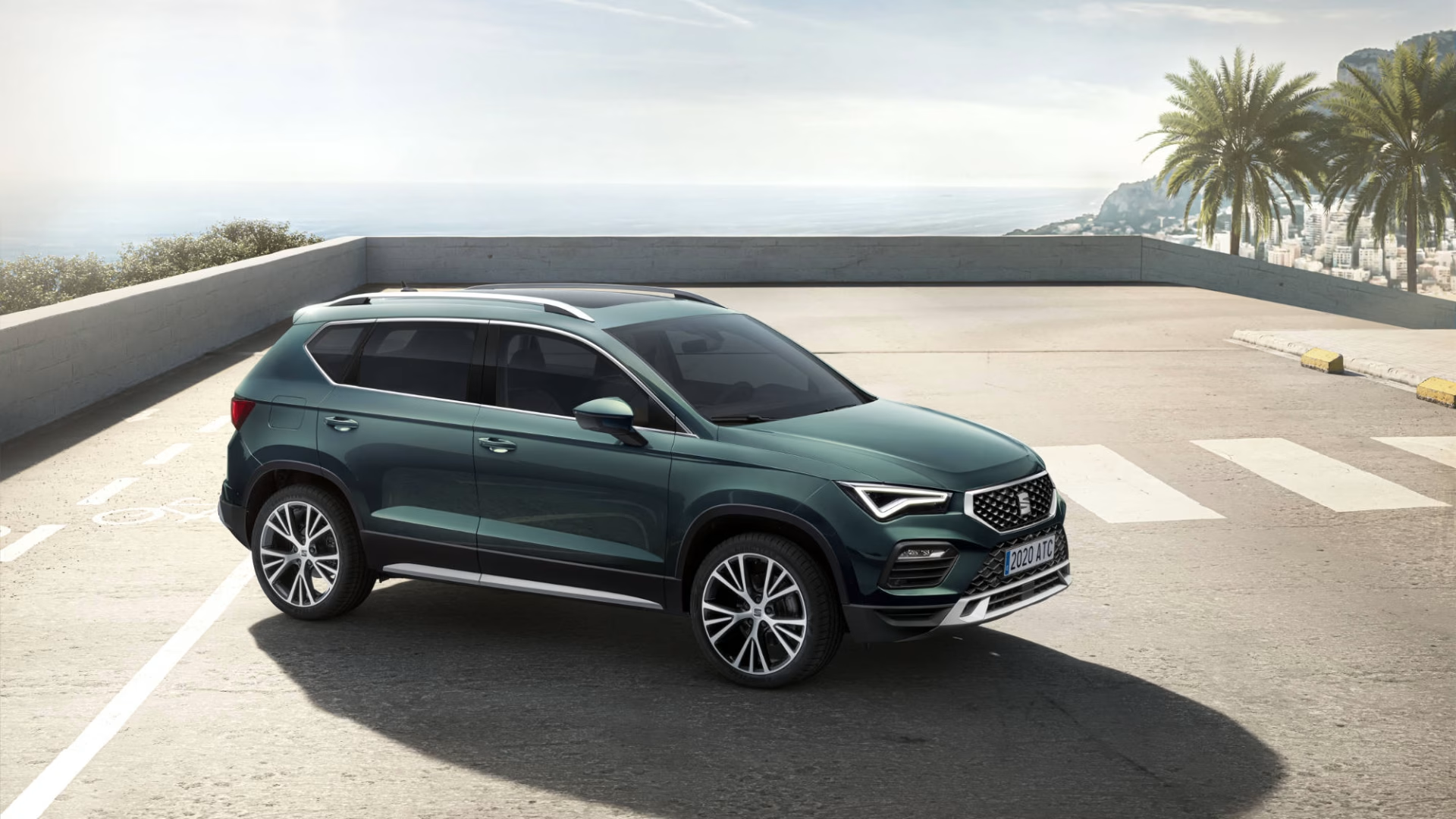SEAT: The Passionate Heart of Barcelona
SEAT (Sociedad Española de Automóviles de Turismo) is more than just Spain's most famous car company; it is the automotive embodiment of the vibrant, youthful, and design-forward spirit of its home, Barcelona. As a key member of the Volkswagen Group, SEAT has a unique and compelling identity: it takes the world-class engineering, quality, and technology of its German parent and infuses it with a distinctly Mediterranean passion for emotional design and spirited, fun-to-drive dynamics. This is the story of a brand that has transformed itself from a state-owned utility into a global symbol of automotive flair and excitement.
The Genesis: Putting a Nation on Wheels
Founded in 1950 in Barcelona, Spain, with assistance from Fiat, SEAT's initial mission was to motorize post-war Spain. Its first and most iconic car was the SEAT 600, a license-built version of the Fiat 600. This tiny, affordable, rear-engine city car became a national icon, a symbol of freedom and the country's economic miracle. For decades, SEAT thrived by building Spanish versions of Fiat models, establishing a massive industrial footprint and a loyal domestic following.
The Volkswagen Era and the Birth of "Auto Emoción"
The modern era for SEAT began in 1986 when the Volkswagen Group became the majority shareholder. This was the turning point that transformed the company. The first car of this new era, the original SEAT Ibiza (1984), was a massive success, with a chassis developed by Porsche and a body designed by the legendary Giorgetto Giugiaro. Under VW's stewardship, SEAT was repositioned as the sporty and youthful entry point to the group, a philosophy perfectly captured by its famous slogan, "auto emoción." This commitment was to build cars that were not just rational and reliable, but also passionate and exciting to drive and look at.
The Icons of Martorell: A Legacy of Sportiness and Style
SEAT's modern history is defined by a series of stylish, critically acclaimed, and fun-to-drive cars that have consistently stood out for their design flair.
The Leon: The Heart of the Brand
The SEAT Leon (1999-Present) is the undisputed heart of the modern brand. As the Spanish sibling to the Volkswagen Golf, the Leon has always offered a sharper, more emotional design and a sportier driving character. It has been a massive success, praised for its blend of style, practicality, and performance. The high-performance Leon models were so successful and desirable that they eventually spawned their own standalone brand: Cupra.
The Ibiza: The Soul of the Brand
The SEAT Ibiza (1984-Present) is a European icon and the car that truly defines the youthful, energetic soul of SEAT. For five generations, the Ibiza has been one of the best superminis in the world, consistently praised for its sharp styling, nimble handling, and a fun-to-drive character that punches far above its weight.
The Rise of the SUV: Ateca, Arona, and Tarraco
SEAT successfully translated its design language and sporty ethos to the booming SUV market. The SEAT Ateca was the brand's first SUV, a critically acclaimed compact crossover celebrated for its sharp handling. It was followed by the smaller, funky, and customizable Arona city crossover and the large, 7-seat flagship, the Tarraco, giving the brand a complete and compelling SUV lineup.
The Legend of Cupra
Before it became its own brand in 2018, the Cupra (for "Cup Racing") badge was the ultimate expression of SEAT performance. For over two decades, the Ibiza Cupra and especially the Leon Cupra were legendary in the hot hatch world. These were giant-killing performance icons, known for their powerful turbocharged engines and for consistently setting lap records at the Nürburgring, proving that a practical family car could also be a true track weapon.
SEAT's Modern Market Position
Within the vast Volkswagen Group, SEAT is the brand of passion, design, and accessibility. It offers a more emotional and youthful alternative to the more conservative Volkswagen and the more practical Å koda.
Target Audience and Competitive Landscape
The SEAT customer is a design-conscious individual who is young at heart. They are looking for a car that is not just a tool for transportation, but is a statement of their personality. They appreciate the quality and reliability of German engineering but crave a more exciting and stylish package. SEAT competes directly with mainstream European brands like Peugeot, Renault, and Ford, but it differentiates itself with its sharp, angular design language and a consistently sporty driving feel across its entire range.
